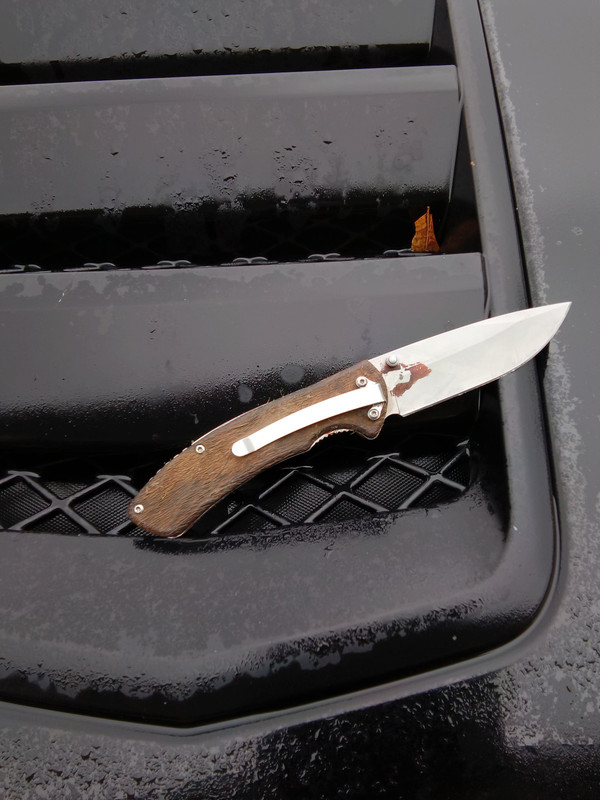- Joined
- Oct 13, 2022
- Messages
- 4
I recently bought a really nice Northwoods fixed blade Custom 2003 knife from a friend, not having a clue anything about the knife or the manufacturer. I began to learn that it was a very well respected knife making company and that the knife might be worth several times what I paid for it.
This weekend I killed a buck and used the knife, which I assumed was stainless steel, to clean the deer. I put it with the rest of the knives I used that day in the floorboard of the truck to be cleaned up when I got home. Well the Northwoods knife has very noticable blood stains after cleaning it up with soap and water.
Is there any good method for removing those stains?
This weekend I killed a buck and used the knife, which I assumed was stainless steel, to clean the deer. I put it with the rest of the knives I used that day in the floorboard of the truck to be cleaned up when I got home. Well the Northwoods knife has very noticable blood stains after cleaning it up with soap and water.
Is there any good method for removing those stains?

